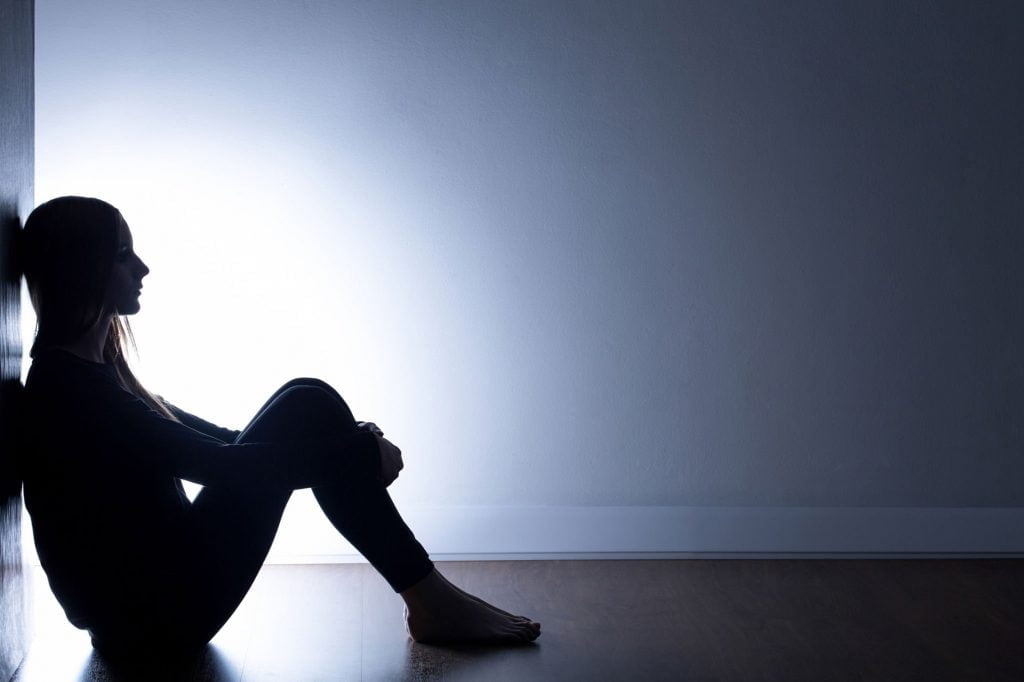
8 Minutes
CONTENTS
Cyclothymia (cyclothymic disorder) is a less severe variant of bipolar disorder characterized by repeated hypomanic and moderate depressive episodes.
Cyclothymia affects between 0.4 percent and 1 percent of the population in the U.S. Many researchers believe that cyclothymia is significantly misdiagnosed and underdiagnosed since many of its symptoms overlap with those of other mental health disorders.
It is treatable with talk medication and therapy and sometimes with natural remedies, however many individuals with cyclothymia do not believe they require treatment.

A UNIQUE METHOD
a successful and proven concept focusing on underlying causesLASTING APPROACH
0 Before
Send Admission Request
0 Before
Define Treatment Goals
1 week
Assessments & Detox
1-4 week
Psychological & Holistic Therapy
4 week
Family Therapy
5-8 week
Aftercare
12+ week
Refresher Visit
Mental Health Insights
latest news & research on Mental HealthWorld Mental Health Day
The theme for World Mental Health Day is “mental health in an unequal world,” which highlights the inequalities among people that come in the way of addressing mental health problems. As highlighted by the World Federation for Mental Health, these inequalities are with respect to gender, race, ethnicity, financial income, and sexual orientation.
read more
Statistics On Loneliness
London is the world's loneliest city, with 55 percent of its citizens reporting feelings of loneliness. With those figures in perspective, London would remain the loneliest city in the projected loneliness stats.
read moreAdrenaline Junkie
Adrenaline junkies are a unique breed of thrill-seekers who crave the rush of adrenaline that comes from high-risk activities such as skydiving, bungee jumping, and extreme sports
read moreSomatic Delusions
Somatic delusions are a form of mental illness that affects a person's ability to perceive their own body accurately.
read more

























































